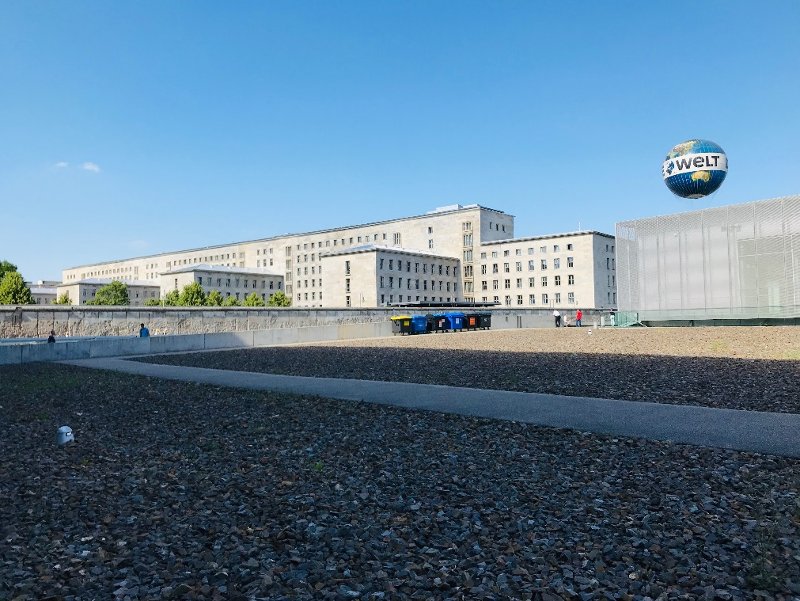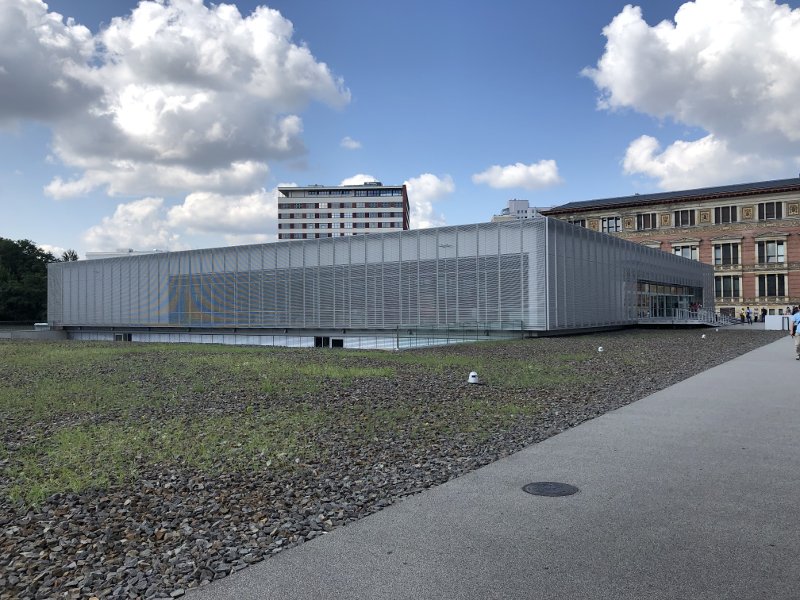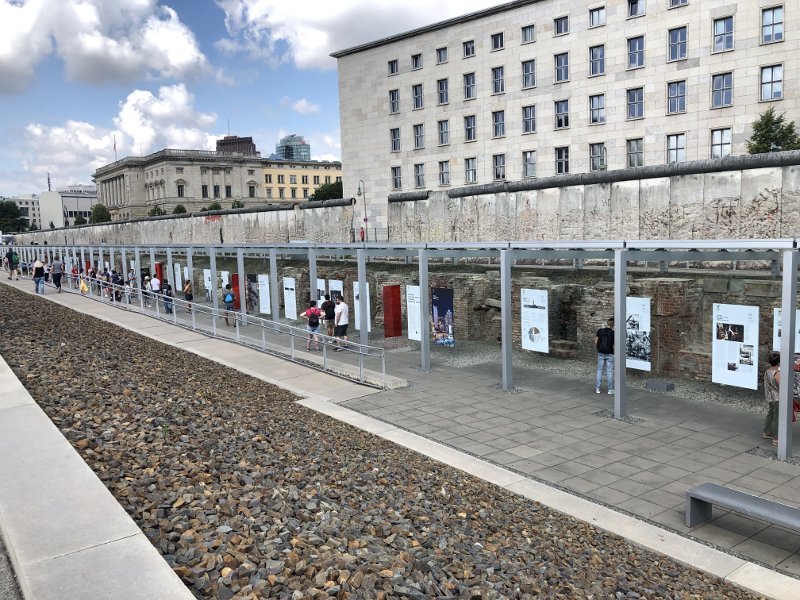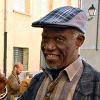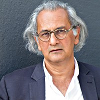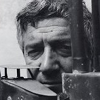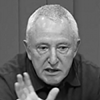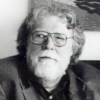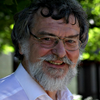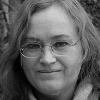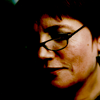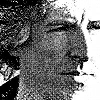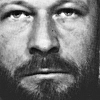Topography of Terror Documentation Center, Berlin
Heritage conservation is a process of negotiating between change and continuity, when it comes with rapid socioeconomic change and transformation in capital cities. As the Charter of Venice in 1964 addressed, the goal of preserving historical monuments and sites is to maintain the authenticity of heritage properties, in order to form a reservoir of history and memory for future generations. Following this position, most of the International Charters for the Conservation tend to avoid change in conservation.
However, difficult heritage, a complex of forms, meanings, and functions that once represented evil wrong-doing, has a significance that is very much different from other types of heritage. Difficult heritage, defined by Sharon Macdonald, indicates those heritage that has difficulty presenting its history to the public because it is troublesome to national identity. It indicates the phenomenon of legacies that trouble collective identities, including places of shame and trauma (e.g., the grounds of Nazi Party rallies in Nuremberg, the Nanjing Massacre Memorial in China, wartime internment sites). Rather than glorifying the history, the purpose of dealing with difficult heritage is to recognize it as meaningful in the present, in part because it is difficult and awkward to reconcile the history with a positive, self-affirming contemporary identity.
Through the case study of the Prinz-Albrecht-Terrain (today the Topography of Terror Documentation Center) in Berlin, as one of the typical difficult heritage sites, I argue that the meaning of change in difficult heritage is distinct from that in other types of heritage. The site was once the administrative power center during the Nazi regime. Though the buildings could have been reconstructed, the beginning of interest in conserving the site as heritage did not occur immediately after the war. The history of the sites was mostly repressed and the buildings themselves neglected by the public during the 1950s and 1960s. Faced with the remains of the buildings after the war, the Kreuzberg district administrator (U.S. sector) started to remove the ruins in 1948. They claimed the destruction of the Terrain was a matter of public safety. As a result of the lack of interest in preservation, the former Gestapo headquarters, the remaining walls and façade, the buildings on Wilhelmstrasse and the relatively well preserved Museum of Ethnology were eventually blown up or torn down. From 1949 to 1959, one after another, most of the buildings on the site were demolished through a clean-up process. Only until the 1970s, through the growing concerns of perpetrators’ sites from citizen awareness and the turn toward rediscovering the past by citizen movement, the Topography of Terror had the chance to transform into a heritage site.
The turning point that led to the site being conserved as heritage happened in the 1970s, within the context of urban renewal merged with interest in historical preservation in Berlin. It was a paradigm shift for urban development, from modernist approach to a critical reconstruction based on urban fabric. Firstly, in 1978, under the context of the TUNIX »Do-Nothing Congress« meeting in Berlin, which was regarded as an inaugural event of the alternative movement, the Berlin town planning expert and architectural historian Dieter Hoffman-Axthelm offered a guided tour of the Nazi history of the terrain. He argued the site should be conserved as a material reminder of Nazi crimes. Secondly, together with the launch of the IBA Berlin (Internationale Bauausstellung Berlin) in 1979, public consciousness and rediscovery of the sites past gradually formed. The IBA team conducted historical survey about residential areas in need of urban renewal and therefore rediscovered the Nazi history of the Terrain.
In the late 1970s, architectural remains were rediscovered and a new preservation movement was initiated by members of a generation that was not directly involved in the war. During the time, different groups proposed different approaches. The first proposal was a more traditional approach: a national museum with an emphasis on the long-standing history of Germany and located in Martin-Gropius-Bau. While accepting National Socialism as part of German national history, public officials, city elites and conservatives from an older generation preferred to promote positive images of the nation and saw representations of the Nazi regime as a prominent period of history as a barrier to establishing a positive sense of national identity.
Contrary to the conservative agenda, the younger generation who were born shortly after the War (the so-called ›68 generation‹), disputed the proposal of promoting a positive national image. In 1985, the Active Museum and the Berlin History Workshop initiated the ›Let’s Dig‹ action, the symbolic and archaeological movement to conserve the site. Somehow the archaeological and documentary approach to exhibiting the site was thereafter the consensus for conservation work. Finally in 2005, a ›keeping remembrance low-key new solution‹ by Ursula Wilms and Heinz W. Hallmann came out. The design includes a single-storey pavilion with a grey metal façade and courtyard. The exterior landscape harmonizes the preservation of archaeological remains (including the Berlin Wall and underground remnant) and surrounds the building with only crushed grey rocks, resembling a left-in blank barrenness.
The Topography of Terror Documentation Center has gone through stages as a difficult heritage: from elimination of landscape, contestation of urban development and heritagisation under the younger generation movement. The case demonstrates the discourses over forgetting or remembering difficult past and how to conserve difficult heritage after its acknowledgement. The public attention shifted from commemorating victim’s perspective to confronting perpetrators’ crimes. Such shift has led to the transformation of the site, affecting the negotiation between two different approaches – forgetting and remembering the uncomfortable past. While the official preferred the »national museum« proposal to ease the crisis of the divided nation, the younger generation advocated the documentary and archaeological approach of conservation which consider difficult heritage as a part of historical evidence.
Here the goal of preserving the heritage is not to praise cultural significance, nor to compensate the victims, instead, the goal is to create a process by which people can recognize their responsibilities to history. The dramatic changes in the history and space of the site reflected national identity development in the capital. The case study shows that there were changes in history and space, in other words, a »break« that give a new form and meaning to an object. The change opens possibilities for people to reconcile with the uncomfortable past, or to »master« it. The »break in continuity« in difficult heritage means a transformation that helps reckon with a problematic past; sometimes this requires alterations to a site’s significance or its original use, changes both in historical and spatial dimensions. The conservation of difficult heritage is not stable, it needs to change in time and space. It must be continuously rediscovered, discussed, negotiated, and remembered amid the tension between change and continuity, demolishing and preserving.
Architect/Landscape: Ursula Wilms/Heinz W. Hallmann - Photos: Omar Akbar 2019
